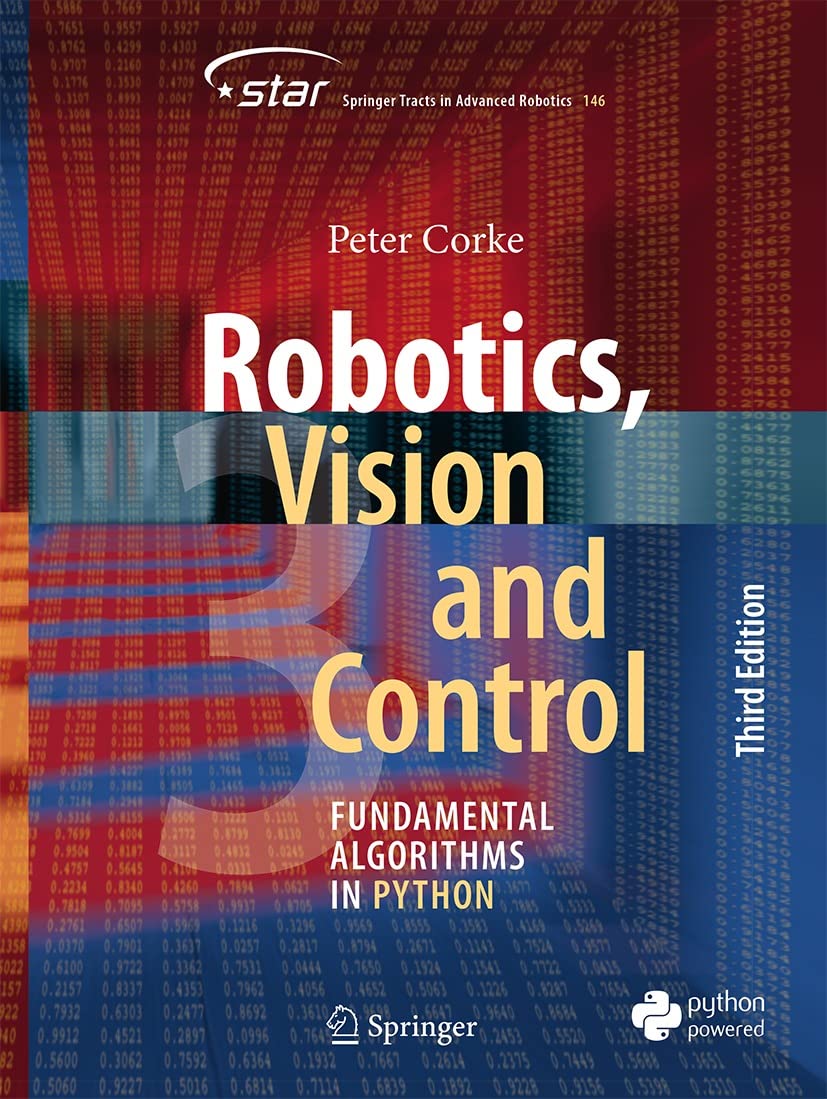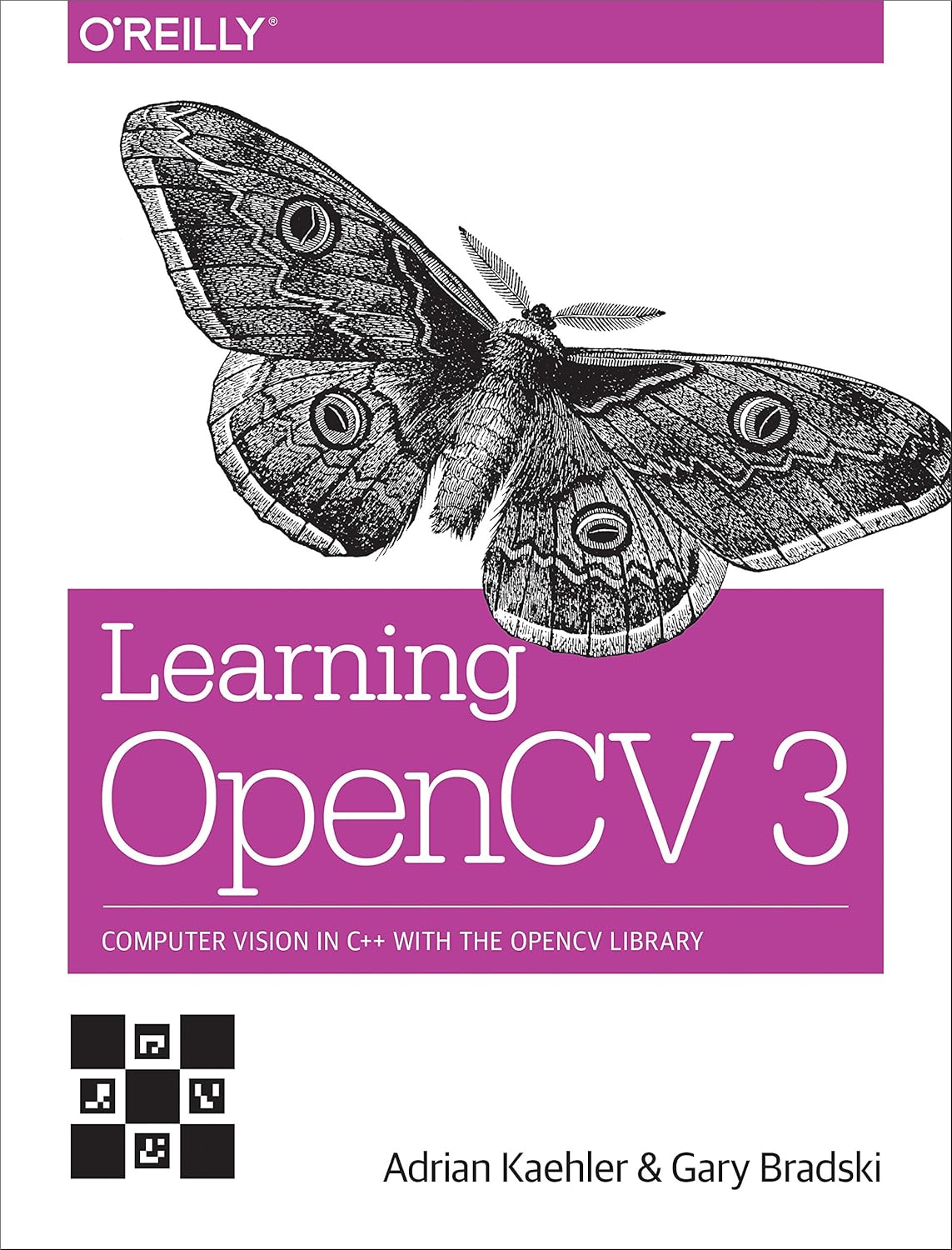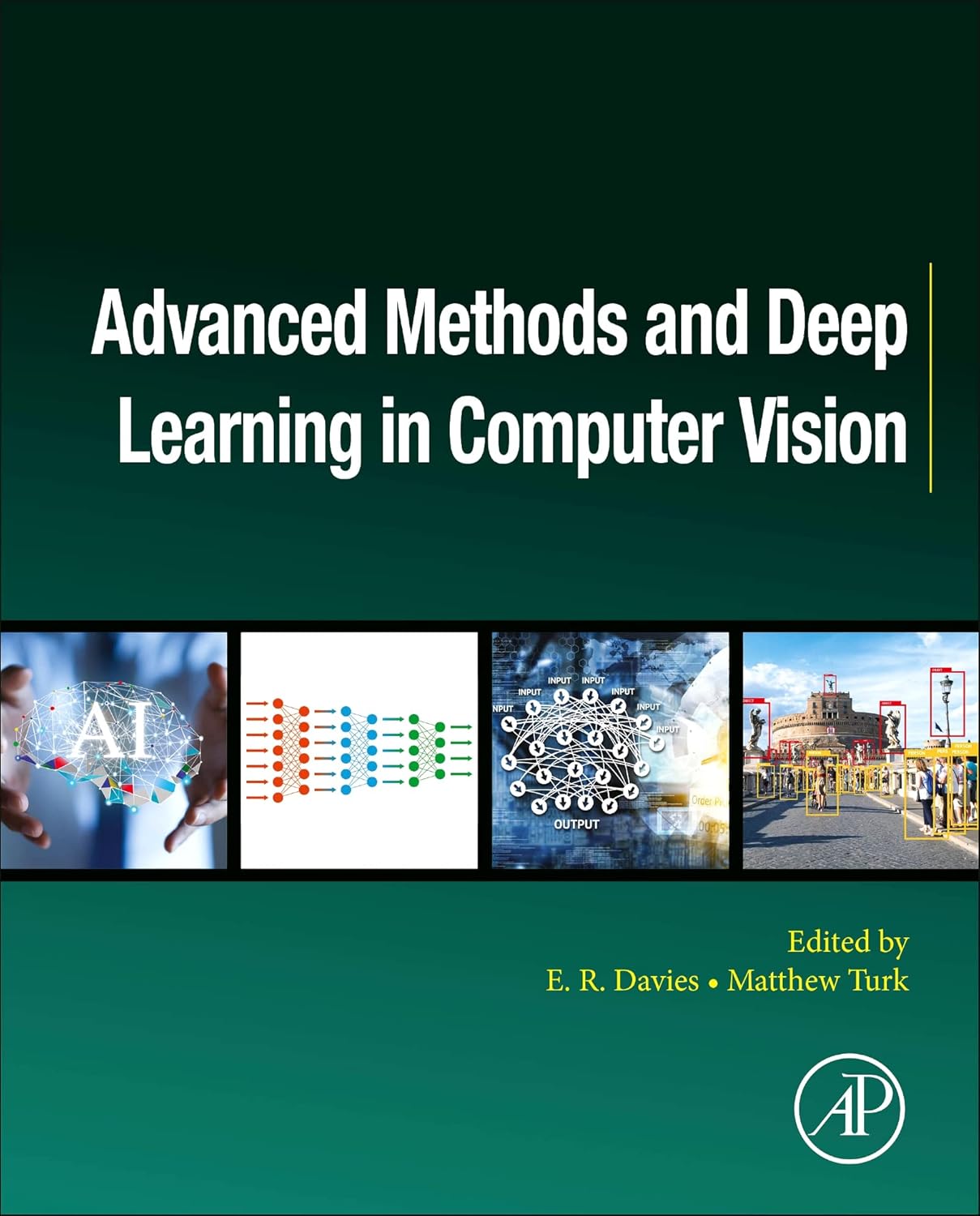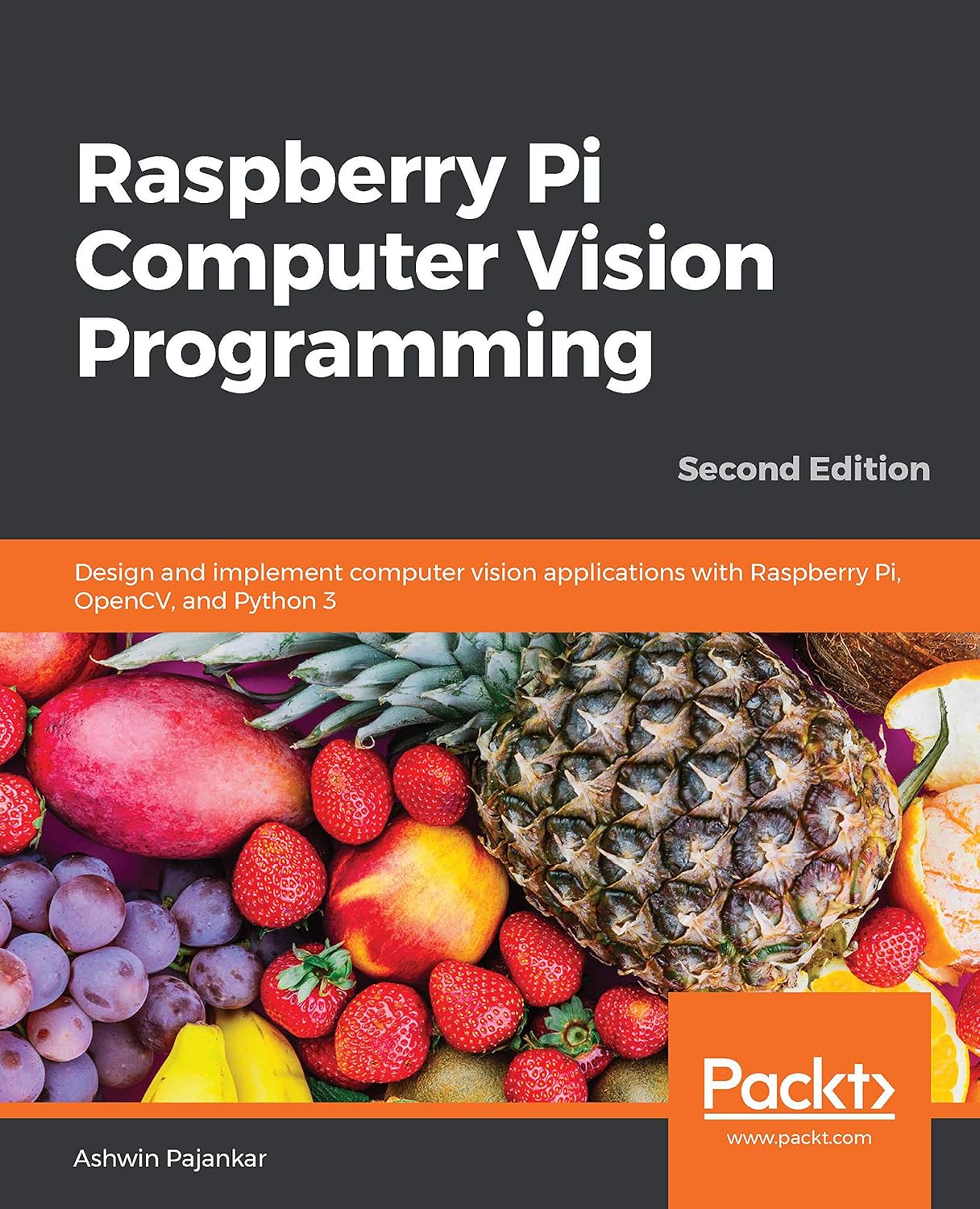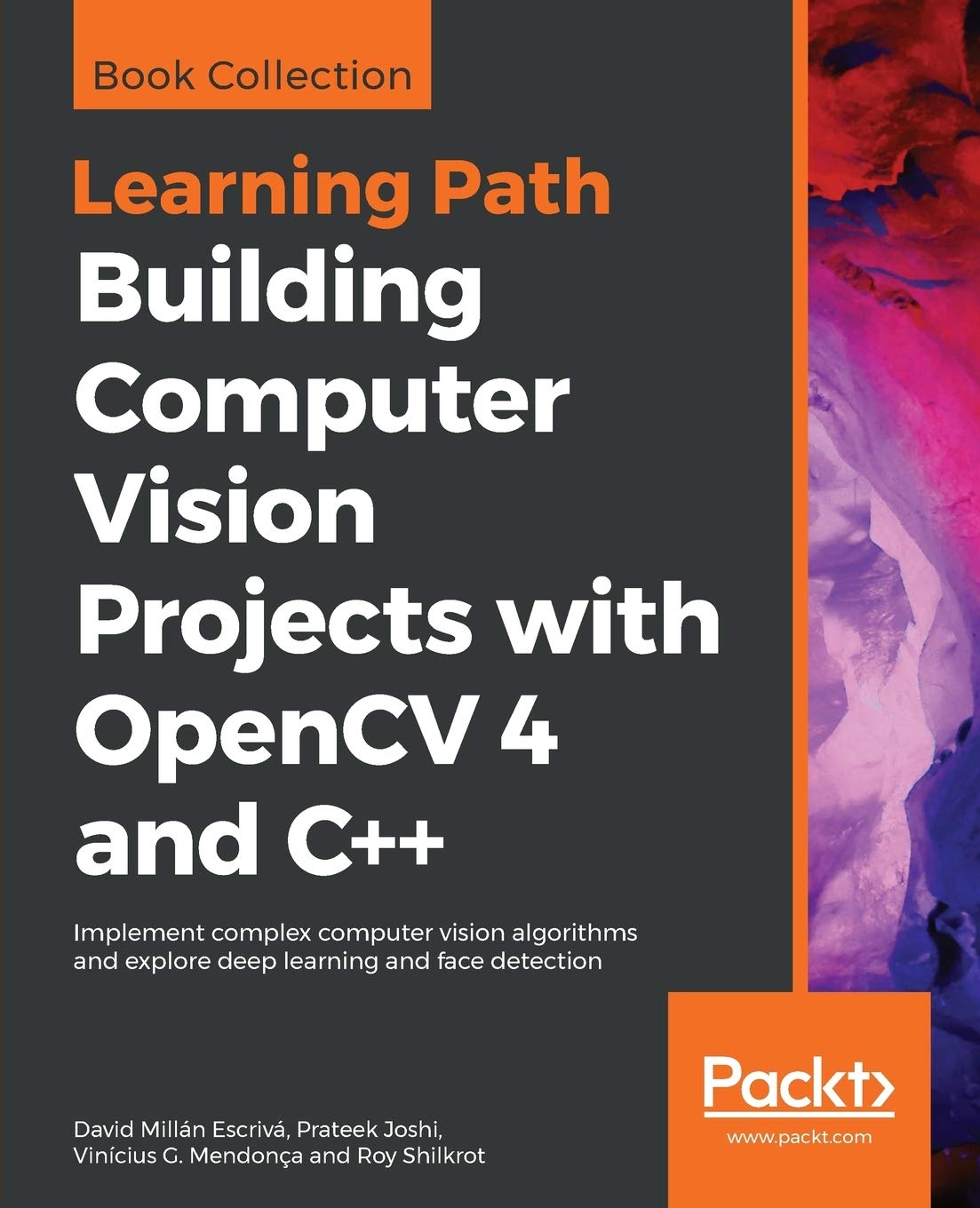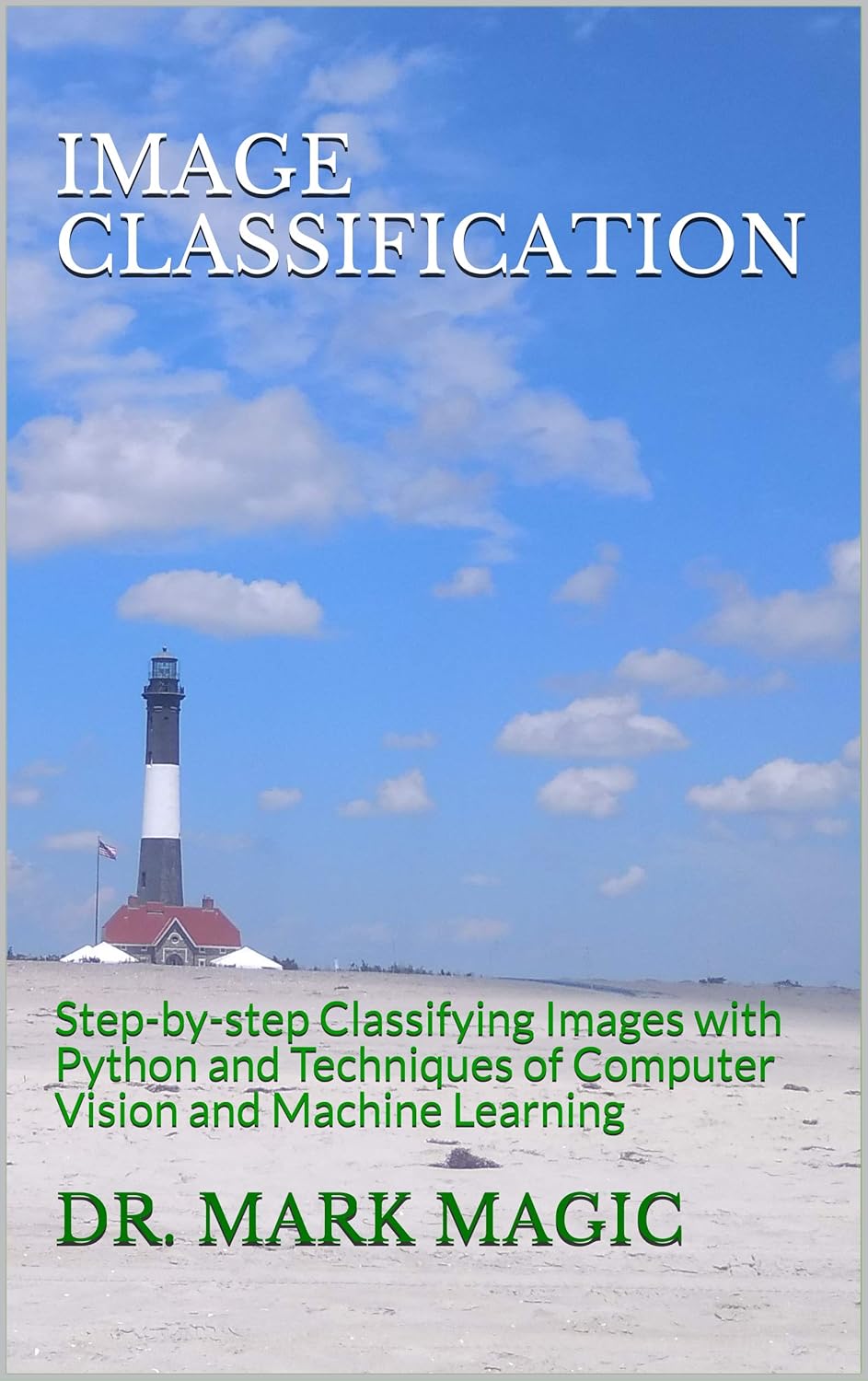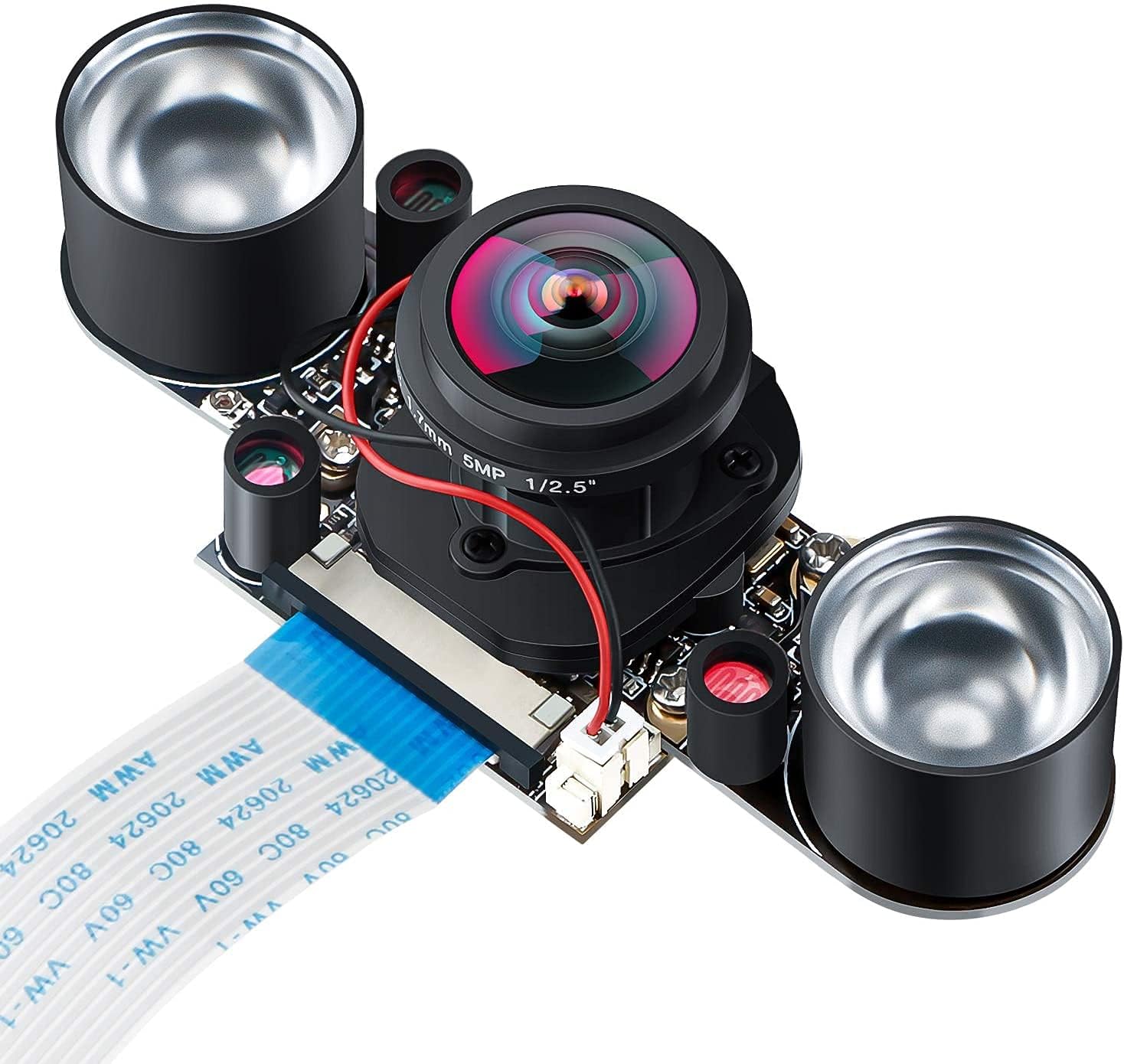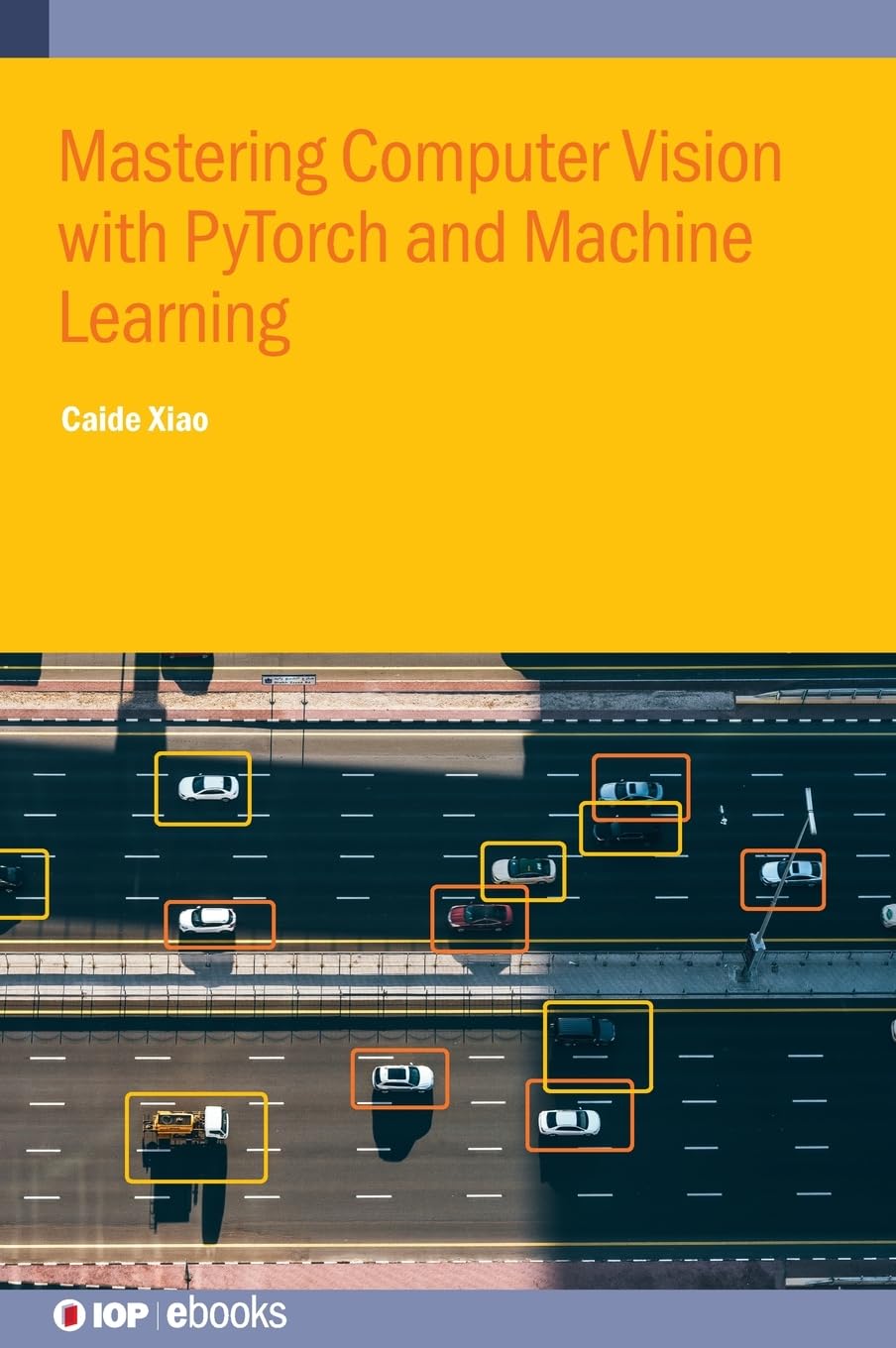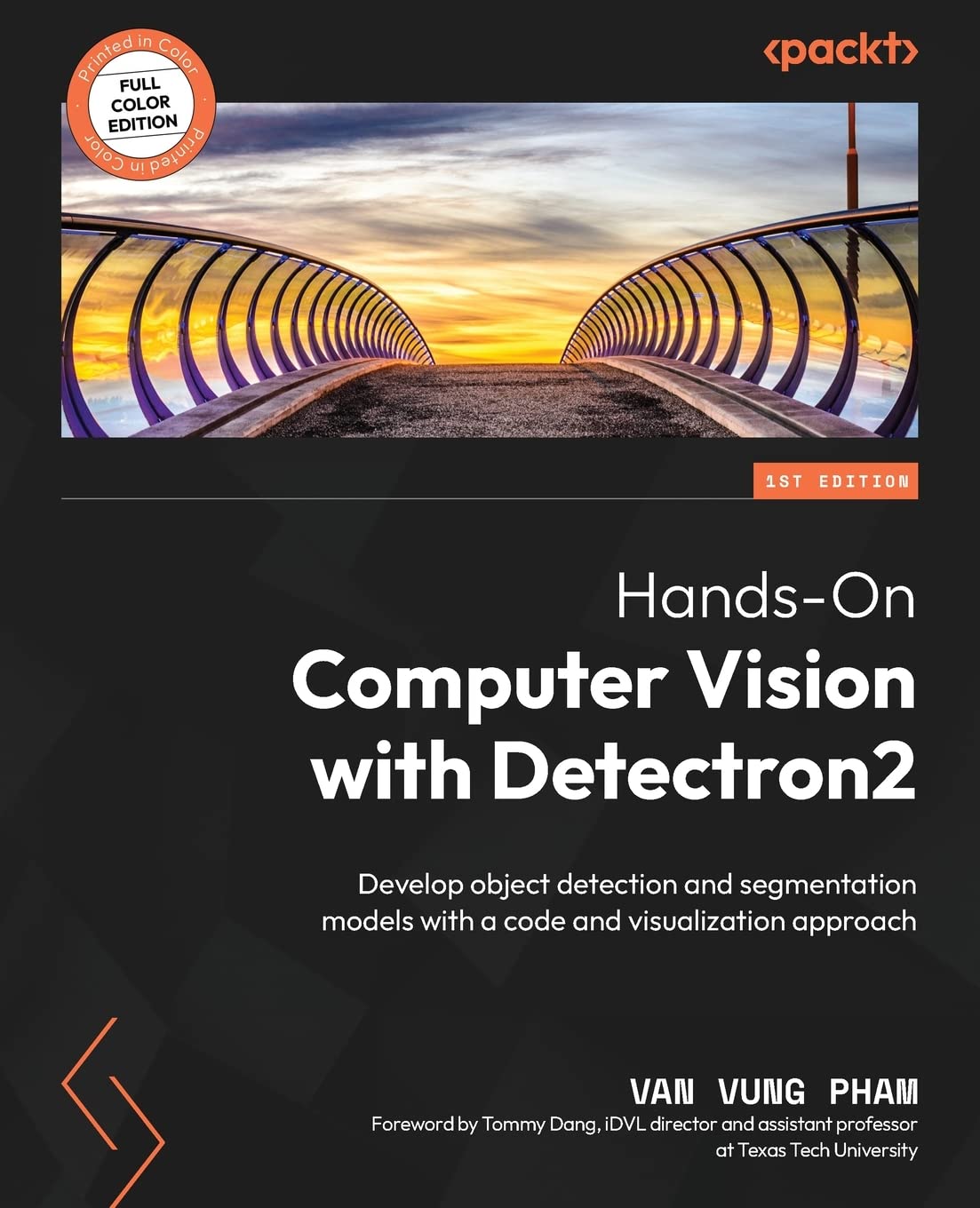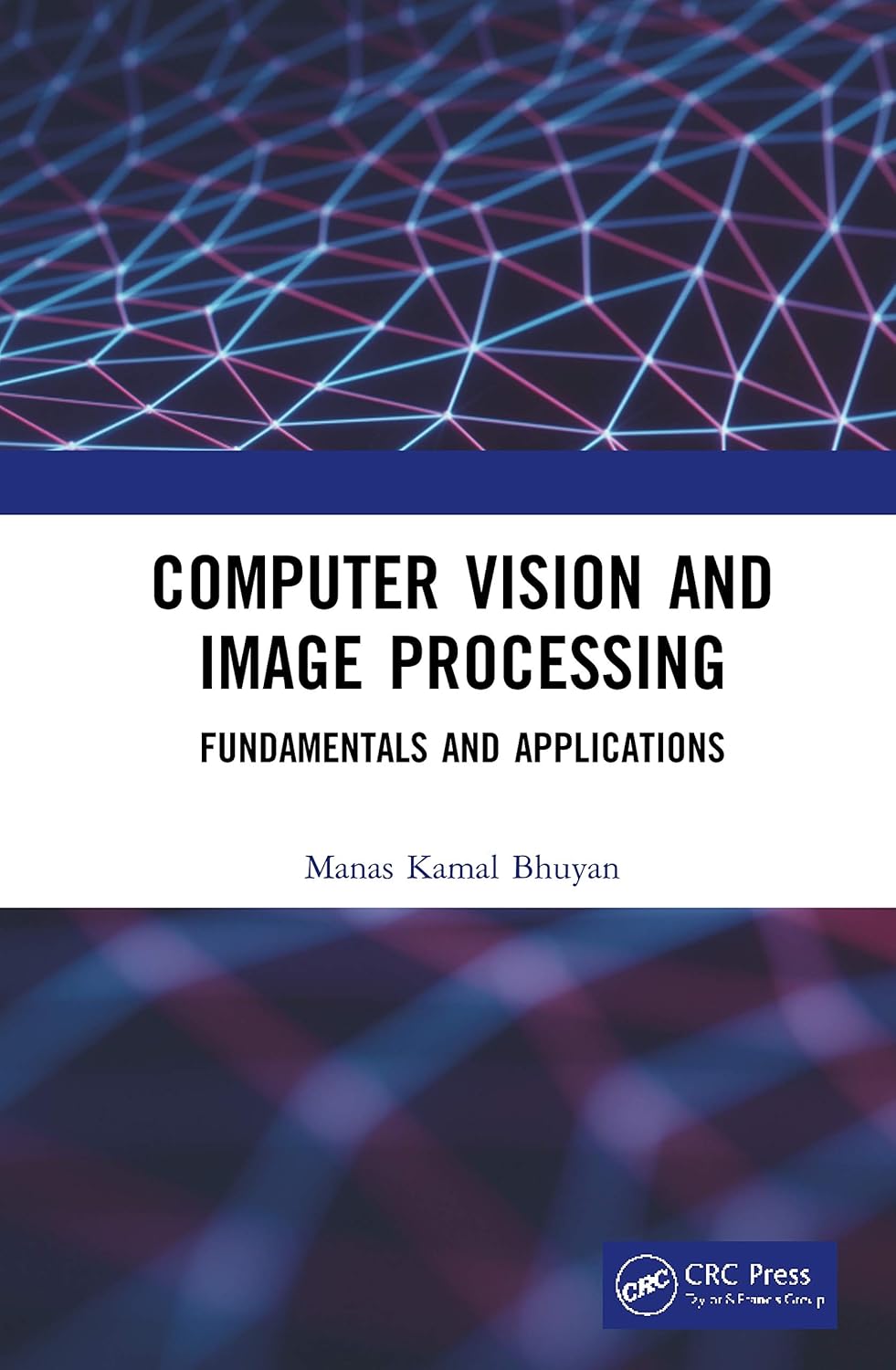Price: $319.00 – $21.99
(as of Dec 24,2024 15:14:43 UTC – Details)

Please Note:
The LED fill lights on both sides will warm up(generally in 40 to 50℃) when they working, but it is normal, please don’t worry, they can keep working 20 hours, it will not damage the camera normally. You can adjust the micro adjustable resistor(beside the lights) to turned down the lights to Lower temperatures.
Description:
The camera is equipped with photosensitive resistance, which enables the camera to automatically detect and recognize light to automatically switch between the night-vision and day-time shooting mode. Manual settings are not required, plug-in then it can be used. The advantage is that during the day, the photographs taken will not be reddish, which also eliminates the need for manual switching.
Specifications:
Infrared Camera:
Pixels: 5 Megapixels
Photosensitive chip: OV5647
Focal Length: 1.7 mm
Aperture (F) : 2.0
FOV (Diagonal): 175 degrees
Sensor optimum resolution: 1080P
Size: 11.7 * 6.6 * 3.6 cm
Product weight: 0.028kg Infrared Light: can fill flash
Photoresistor: to detect ambient light intensity
Package Content:
1 * Fisheye Infrared Camera
2 * LED Lights
1 * 15cm FFC Cable
4 * Screws and Nuts
Please note: The LED fill lights on both sides will warm up(generally in 40 to 50℃) when they working, but it is normal, please don’t worry, they can keep working 20 hours, it will not damage the camera normally. You can adjust the micro adjustable resistor(beside the lights) to turned down the lights to Lower temperatures
The camera is equipped with photosensitive resistance, built in IR-CUT, which enables the camera to automatically detect and recognize light to automatically switch between the night-vision and day-time shooting mode. Manual settings are not required, plug-in then it can be used. The advantage is that during the day, the photographs taken will not be reddish, which also eliminates the need for manual switching
This is a Fisheye ( Wide Angle )175 degrees IR Camera for Raspberry Pi 4B/3B+/3B/2B. You can use it to take a wide angle picture or video by this camera
5 Megapixels OV5647 Sensor, Support 1080P resolution; 2.0 Aperture (F),1.7 mm focal length. Suitabl for Surveillance Camera
We Have a Strong After-sales Service Team: As long as you have any questions about the product, we will resolve your issue immediately if received your email, your satisfactory purchase experience is our greatest hope! How to email us? Plz click “MakerFocus” and click “Ask a question” to email us! Looking for your consultation
Customers say
Customers are satisfied with the camcorder’s quality, night vision, and value for money. They mention it works great with Octopi and has good video quality both in light and dark. Many appreciate the wide angle and ease of setup. However, some dislike the heat level. Opinions vary on functionality and resolution.
AI-generated from the text of customer reviews
MakerFocus Raspberry Pi 4 Camera: Your Ultimate Day and Night Vision Companion!
Introducing the MakerFocus Raspberry Pi 4 Camera, equipped with a high-quality 5MP OV5647 fisheye lens that captures crystal clear images and videos. This camera is designed to automatically switch between day and night vision, thanks to its IR-Cut feature that ensures optimal performance in any lighting conditions.
Compatible with Raspberry Pi 4B/3B+/3B/2B, this webcam is easy to install and operate, making it the perfect accessory for your Raspberry Pi projects. Whether you’re monitoring your home, capturing wildlife footage, or creating time-lapse videos, the MakerFocus Raspberry Pi 4 Camera is versatile and reliable.
Don’t miss out on the opportunity to enhance your Raspberry Pi experience with this high-performance camera. Get yours today and start capturing stunning visuals with ease!
#MakerFocus #Raspberry #Camera #5MP #OV5647 #Fisheye #Camera #Automatically #Switching #Day #Night #Vision #IRCut #Webcam #Compatible #Raspberry #4B3B3B2B,with 5mp webcam
